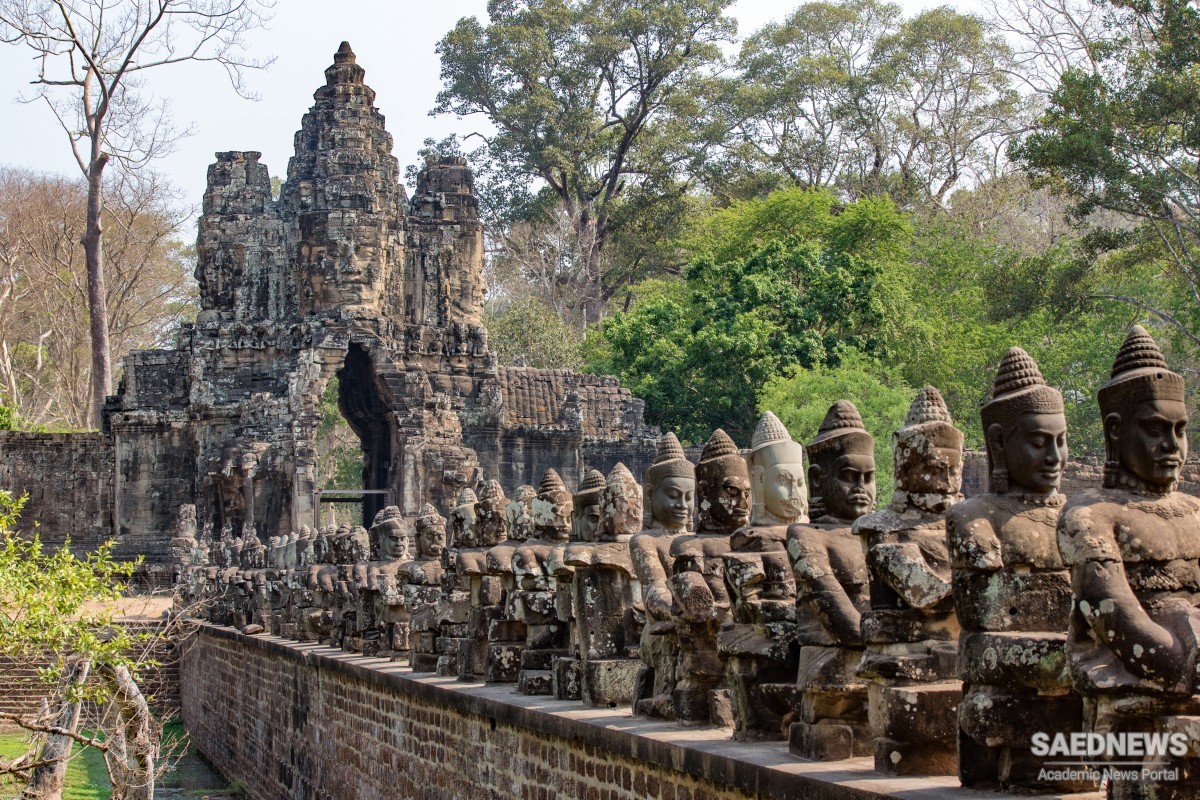From a tourism perspective, less-developed countries are extremely important as destinations and players in the global industry. Travel to and within the developing world is growing at a rapid rate, more quickly in fact than in more developed regions. Between 1990 and 2005, for example, international arrivals in developing countries grew by an average of 6.5 percent each year. Arrivals in the developed world during the same period averaged below 3 percent per annum. This remarkable growth is a result of many factors, including improved standards of living among the traveling public, increased freedom to travel within many parts of the less-developed world, improved international relations, new markets opening up (e.g., People’s Republic of China and Eastern Europe), and higher priorities being placed on travel in terms of visitor and government spending. A salient part of this increase in travel demand is related directly to cultural heritage as a resource for tourism. Approximately 60 per cent of all of UNESCO’s World Heritage Sites (natural and cultural) are located in developing nations, depending on precisely how these are defined. Some of the most spectacular remnants of ancient civilizations and contemporary colonial patrimony are located in developing regions. The Pyramids of Giza and Valley of the Kings (Egypt), Angkor Wat (Cambodia), Borobudur and Prambanan (Indonesia), the ancient city of Timbuktu (Mali), the Roman ruins of Palmyra (Syria), Great Zimbabwe Monument (Zimbabwe), Tikal (Guatemala), Lumbini, the birthplace of Buddha (Nepal), historic Istanbul (Turkey), and Dracula’s Castle (Romania) are all examples of well-known and highly visible heritage places in the less-developed world (Source: Cultural Tourism and Developing Countries).


 Cultural Tourism: Living New Cultural Milieus
Cultural Tourism: Living New Cultural Milieus














































